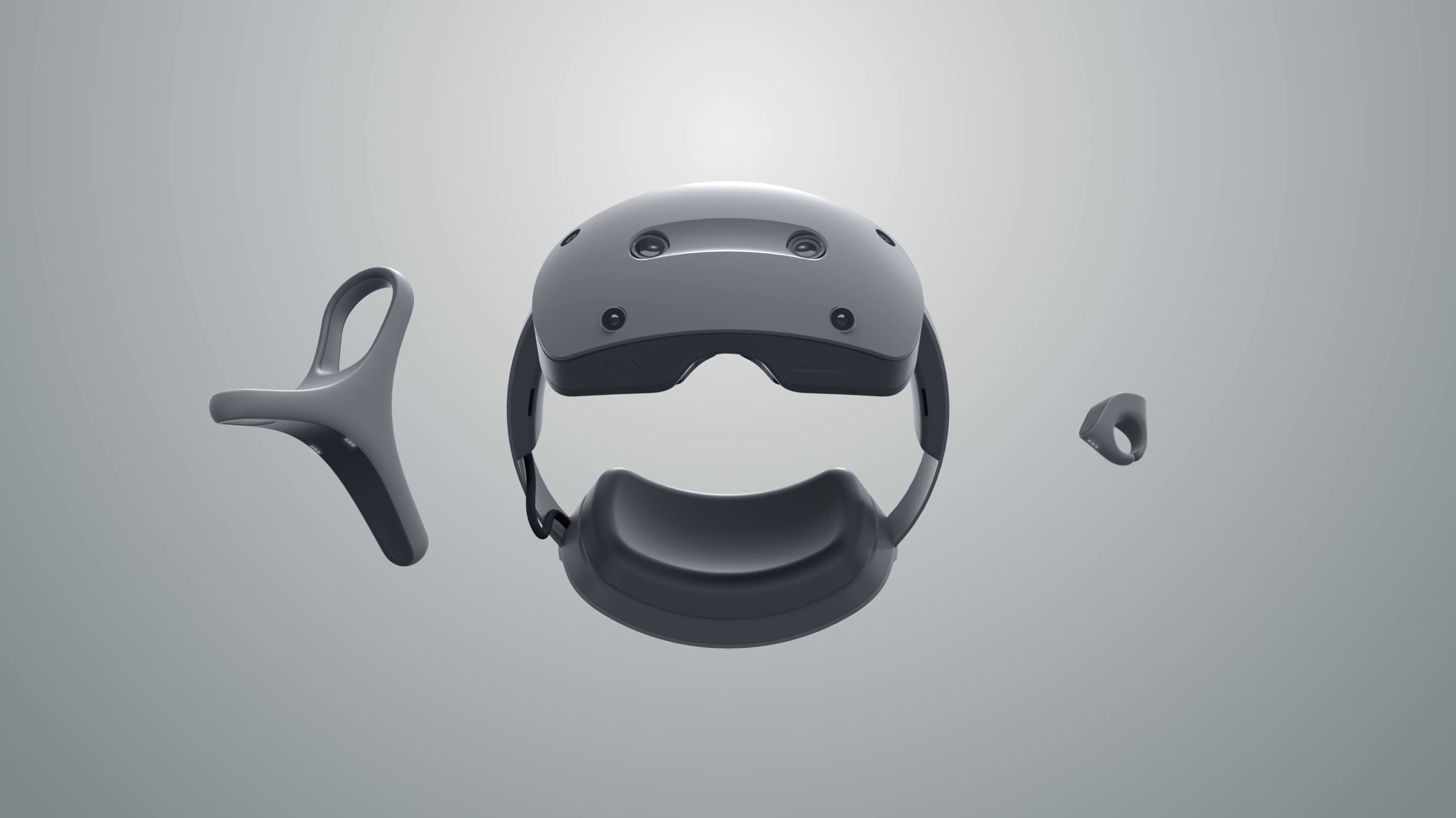In brief: Qualcomm recently unveiled an SoC designed to help other companies develop a new generation of mixed-reality headsets, perhaps to compete with Apple's upcoming Vision Pro. One of Qualcomm's first clients is Sony, which is preparing a new device separate from the gaming VR headset the company released in February last year.
Sony is stepping into the mixed reality market with a high-end headset that will launch sometime in 2024. The device will drive what the company calls a spatial content creation system, seemingly evoking the new "spatial computing" technology Apple introduced with the Vision Pro.
The so-called XR head-mounted display doesn't have a name yet, and Sony hasn't revealed the exact specs or release date. However, the company confirmed that it will use Qualcomm's new Snapdragon XR2+ Gen 2 SoC and feature 4K OLED Microdisplays to provide 4K resolution in each eye – roughly double that of Sony's PlayStation VR 2 headset.

Qualcomm introduced the Snapdragon XR2+ Gen 2 earlier this month to help mixed-reality headset manufacturers respond to the Vision Pro. Compared to the XR2 Gen 2 the company unveiled last year, it increases GPU and CPU frequency by 15 and 20 percent, respectively. Furthermore, the display resolution rises from 3K to 4.3K per eye at 90Hz, and the number of supported concurrent cameras grows from 10 to at least 12.
Sony's headset uses an asymmetrical control system involving two controllers. Users can intuitively manipulate virtual 3D objects with a ring controller worn around a finger on one hand and accurately select objects with a pointing controller in their dominant hand.

The company is positioning the device for enterprise users, primarily in design-oriented fields. Sony also mentioned the Metaverse. The trailer (above) shows a group of people wearing the headset collaborating to design a steering wheel for an F1 racecar before testing it on a virtual car and track. At first, Sony will exclusively partner with Siemens, using its technology to develop a product engineering framework.
Recent announcements indicate that competition in mixed reality, extended reality, spatial computing, or whatever companies decide to call it, could intensify in 2024. A new race could start when Apple launches the Vision Pro on February 2, followed by Sony's entry and Asus's AirVision M1, which looks to provide a relatively low-profile alternative to Apple's headset-based media streaming experience.